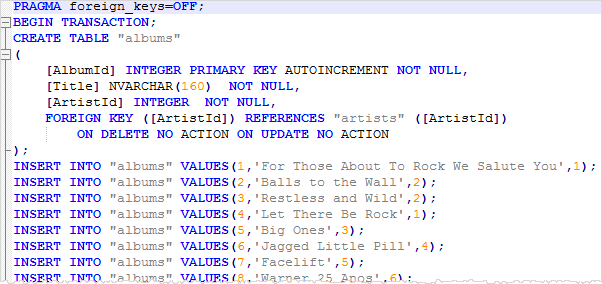How to Query SQLite Database
SQLite is a popular database management system that is widely used in various applications due to its lightweight nature and easy setup. If you’re new to SQLite, one of the essential skills you’ll need to learn is how to query the database to retrieve data. In this guide, we’ll walk you through the basics of querying SQLite databases and showcase some common queries that you can use in your projects.
Connecting to the Database
Before you can start querying a SQLite database, you’ll need to establish a connection to the database file. You can use tools like the SQLite command-line interface or Python’s SQLite library to connect to the database.
Here’s an example of how you can connect to a SQLite database using Python:
import sqlite3
conn = sqlite3.connect(‘mydatabase.db’)
cursor = conn.cursor()
Basic Queries
Once you’ve connected to the SQLite database, you can start executing queries to retrieve data. Here are some basic queries that you can use:
- Select all data from a table:
SELECT * FROM table_name;
- Select specific columns from a table:
SELECT column1, column2 FROM table_name;
- Filter data based on a condition:
SELECT * FROM table_name WHERE condition;
These are just a few examples of the queries you can run in SQLite. As you become more comfortable with SQL syntax and database querying, you can start exploring more advanced queries like JOIN operations, GROUP BY clauses, and subqueries.
Executing Queries
To execute a query in SQLite, you can use the cursor object that you created when establishing the database connection. Here’s an example of how you can run a SELECT query in Python:
cursor.execute("SELECT * FROM table_name;")
results = cursor.fetchall()
The fetchall() method will return all the results of the query in a list format, which you can then process or display as needed in your application.
Conclusion
Querying a SQLite database is a fundamental skill that every developer working with SQLite should master. By learning how to write and execute queries, you’ll be able to retrieve, update, and manage data within your database efficiently. Remember to practice writing different types of queries and experimenting with the SQLite command-line interface to deepen your understanding of this powerful database management system.
Now that you have a basic understanding of querying SQLite databases, you can start exploring more complex topics like database normalization, indexing, and optimization to further improve your database management skills.
Happy querying!
